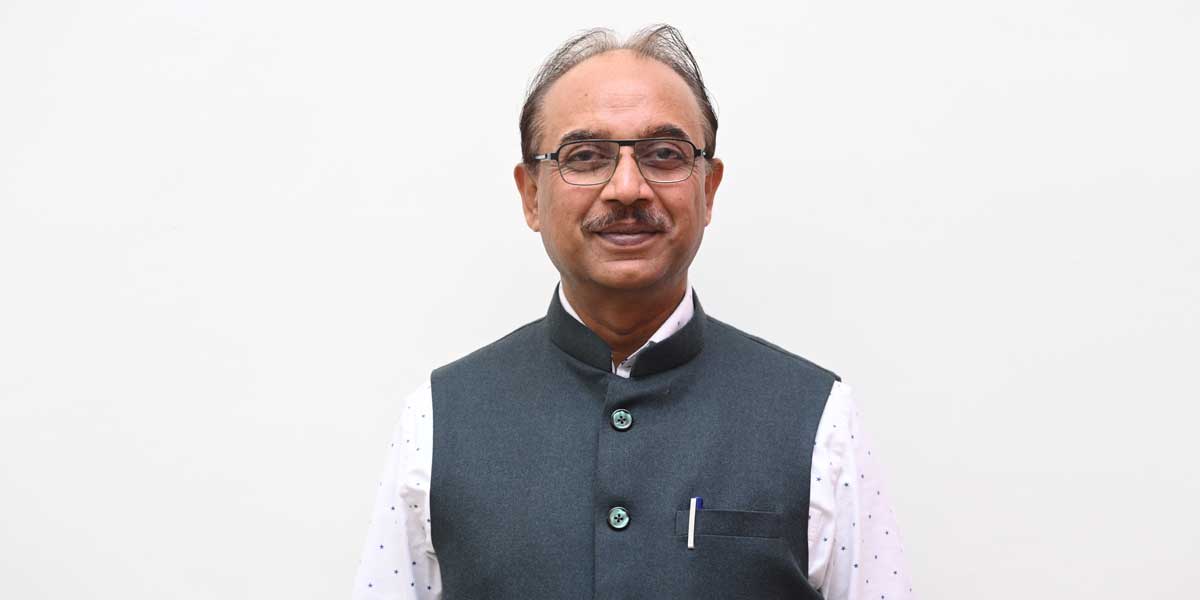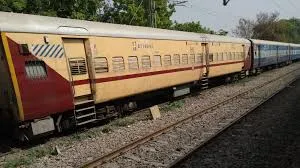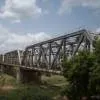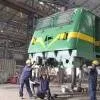The railway activities in the north-east align with the Defence Ministry, and modern technologies and construction methods are being used to overcome challenges. Anshul Gupta, General Manager, North East Frontier Railway, elaborates on these and more.
Tell us about the upcoming projects under the Northeastern Frontier Railways.
We have successfully connected Agartala, the capital of Tripura, and witnessed a rise in passenger and freight traffic. We have also connected Itanagar through the Naharlagun station and made significant progress in connecting Aizawl, Mizoram, Imphal, Rhenock/Rangpo in Sikkim, and Shillong.
International connectivity has been a priority for us, and we have achieved three international connections on the NF Railway, with plans for two more. We have connected Bangladesh through Karimganj in Assam and aim to connect Agartala with Akhaura. We are also working towards connecting Bhutan's first industrial town, Gelephu, from Kokrajhar, which will boost trade and economic activity. We have completed laying the line to the town of Biratnagar in Nepal and are waiting for the MOU to be signed between the two countries so that traffic can start moving. In terms of Myanmar, we have conducted surveys up to Moreh, an international border town located on the India-Myanmar border in Manipur, and are working towards further connectivity till the border town of Zorinpui, which will eventually connect to a seaport in Myanmar under the Kaladan Multi-modal Transit Transport Project funded by the Indian government.
Moving to Arunachal Pradesh, we have surveyed three significant projects to connect Tawang, Prashuram Kund, and Mechuka valley. These projects are important from both tourism and strategic points of view, and we are committed to completing them once they get approved and funding arrangements are done. The Imphal project, which aims to connect Imphal with a length of 110 km, faces challenges due to hilly terrain, frequent earthquakes, and landslides, but we plan to develop tourist points along the alignment, including the world's highest pier bridge.
Other projects include the Aizwal project, which is in advanced stages of completion and aims to bring down the logistic cost of carrying pharmaceuticals from Rangpo, Sikkim, connectivity from Sevoke to Rangpo, with plans to take railways up to Nathula, Lachung connectivity, and Silliguri to Mirik.
How does the north eastern frontier railway activities align with the DefenceMinistry?
We have a close alignment with the Defense Ministry through a joint working group available at the ministerial level. Whenever there is a project that we feel is necessary, we discuss it jointly with the ministry. The project goes through a three-level process, which includes a study group, joint working group, and appreciation group. The cost-benefit analysis and the project’s potential to serve the country are thoroughly evaluated before deciding on funding. Over the last few years, we have proposed and carried out several railway line projects that were needed by the defense forces. The Defence Ministry has suggested certain additions and improvements to these lines, including tunnels and bridges.
What are the key execution challenges faced and how are you addressing them?
There have been quite a few challenges that we have faced in executing these projects. However, we have been able to overcome each one of them with our strategies. Initially, the biggest challenge we faced was funding, but since the NDA government came into power in 2014, funding has not been an issue. In fact, this year we are looking at spending close to Rs 10,000 crore just for the development of infrastructure in this region. Additionally, the allotment for the Northeast is also more than Rs 10,000 crore.
We have also adopted modern technology and changed the way our officers work. They now move to the site and remain there, working closely with good quality contractors who set up labour camps and sites. This has allowed us to take up these projects in a much faster and efficient way.
One of the biggest challenges we faced earlier was land acquisition, which has been resolved in most states, resulting in some delays in the execution of work. However, in states like Meghalaya, we are still working with the Honorable Chief Ministers to resolve these land issues.
Lastly, the terrain has become the biggest challenge in executing these projects at a fast pace. We need to ensure that we construct without damaging the environment. Additionally, we have to take into account the sudden rise of rivers during the monsoons, which can cause a lot of damage. However, we are constantly building new rail lines and adopting new technologies to address these challenges.
What kind of new technologies are you bringing to the forefront?
We are using new methods to construct railway lines, including tunnels. Initially, there were few contractors available, but now there are sufficient numbers of good quality contractors working on these projects, including international experts with experience in geotechnical studies. While we have not yet used the tunnel boring machines(TBM), we plan to use them in future projects to expedite progress. We also construct bridges, but face challenges with landslides, riverbank erosion, and uncertain abutment locations. However, our engineers have used unique piling and pier construction methods to overcome these challenges. The use of modern technologies not only increases the pace of implementation, but also improves safety and transportation, particularly in earthquake-prone areas. Overall, the goal is to build with safety and efficiency in mind.
What would your message be to the construction industry
The main message is that while the terrain can be challenging, it is not insurmountable. The state government provides excellent facilities that are comparable to the best in the country, and there are numerous infrastructure projects underway, including railways. We invite contractors to bring their technologies to help expedite the progress in the Northeast and contribute to its development. The ultimate goal is to improve the region’s overall development, which is crucial for the progress of the entire country.
Ongoing National Importance Projects Status
(Physical progress as on December 31,2022)
- Manipur
Jiribam-Imphal: 92.67 per cent
- Nagaland
Dimapur(Dhansiri) – Kohima(Zubza): 29.65 per cent
- Meghalaya
- Teteliya-Byrnihat: 80.56 per cent
- Byrnihat-Shillong: 2 per cent
- Mizorma
Bhairabi-Sairang: 84.91 per cent
- Sikkim
Sivok-Rangpo: 51.45 per cent




















